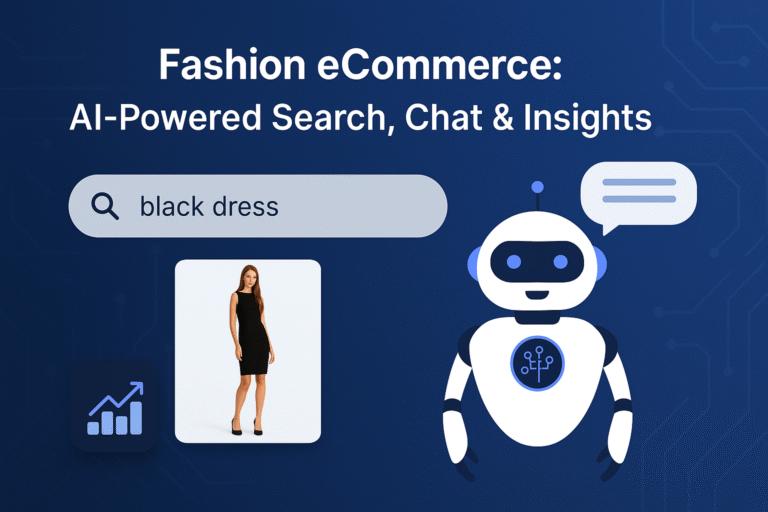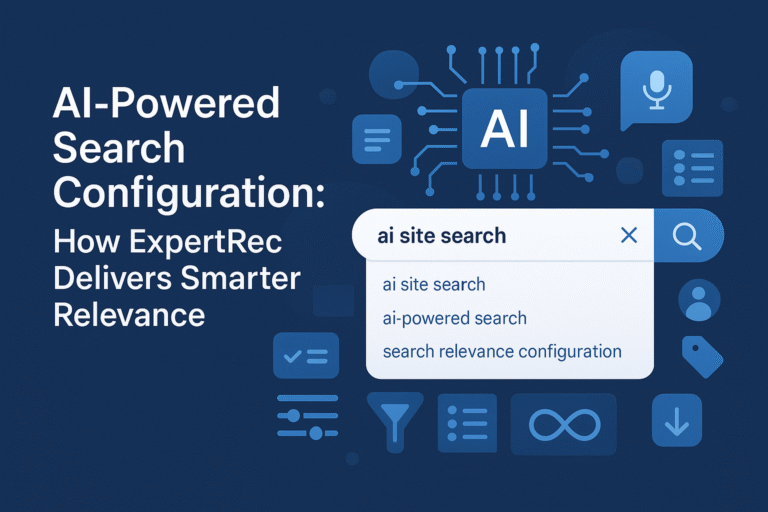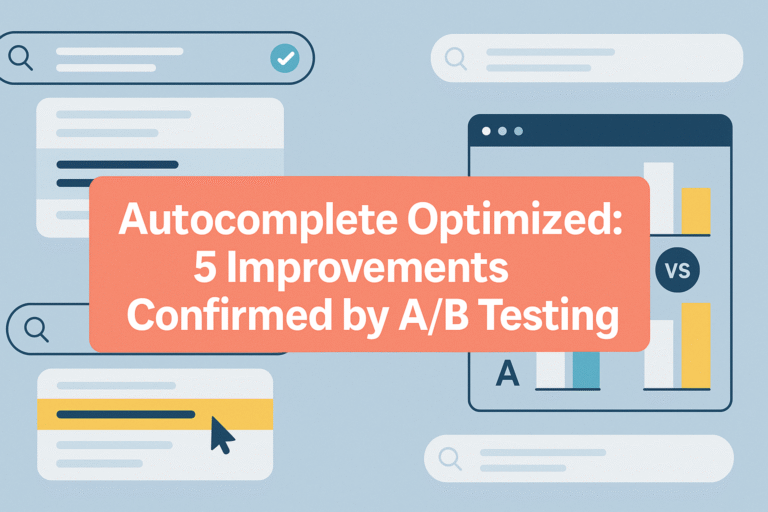As fashion eCommerce explodes in complexity and consumer expectations rise, AI in fashion eCommerce has gone from optional to essential. In 2025, brands that master intelligent search, conversational engagement, and deep analytics are gaining an edge. This blog delves into the latest innovations reshaping the industry and shows you how to harness AI for sustainable growth.
Search Reimagined: From Keywords to Intent
In 2025, retailers are moving beyond keyword matching toward AI-powered intent detection. According to The State of Fashion 2025, 50 percent of fashion executives see AI-driven product discovery as a top use case, while 82 percent of consumers want AI to help them reduce research time. Platforms now ingest browsing signals, previous purchases, and sentiment‑aware feedback to surface more relevant results. Tools that combine semantic search, NLP, and visual similarity enable shoppers to search by style descriptions or images, lowering friction and boosting discovery.
Conversational Commerce: Styling in Your Own Words
AI chatbots and voice assistants have evolved into real conversational stylists. According to industry panels at Online Retailer 2025, leading fashion brands now deploy generative AI chat interfaces for style advice, order assistance, and guided discovery. Apps like Daydream let users describe outfits as if texting a friend, while Lily AI extracts meaning from natural language queries to power search and recommendations. In resale and vintage segments, platforms like Encore use LLMs to surface hard-to-describe items via follow‑up prompts.
Analytics That Drive Smarter Merchandising
Under the hood, AI systems now incorporate sentiment‑aware recommendation engines, trend forecasting, and predictive analytics to drive both customer experience and operational efficiency. Recent research shows sentiment-aware systems can boost recommendation relevance and interpretability by integrating review text into models. Meanwhile, retail intelligence platforms like EDITED and Stylumia enable fashion brands to monitor market, pricing, trend, and inventory data to guide assortment decisions. Forecasting based on visual trend data and demand prediction helps reduce waste and align supply with consumer interest.
Integrated Use Cases of AI in 2025
| Use Case | Benefit |
|---|---|
| Virtual try‑on & AR styling | Reduces returns, boosts confidence |
| Visual and semantic search | Enhances discovery and conversion |
| Chat-based styling assistants | Human-like interaction at scale |
| Sentiment‑aware recommenders | Improves relevance and explainability |
| Market intelligence analytics | Informs trends, pricing, inventory |
By 2025, 20 percent of eCommerce visuals may be generated by text prompts via GenAI, enabling faster merchandising updates and marketing adaptation.
Why It Matters Now
- AI is transitioning from pilot projects to core infrastructure across fashion retail.
- Consumers expect efficiency: 82 percent favor AI that reduces research time.
- Brands must merge digital automation with personalized, emotionally intelligent experience to stand out .
ExpertRec’s AI Features Relevant to Fashion eCommerce
- Real‑time behavioral personalization integrated with search and browsing preferences
- Conversational commerce support: chat-driven recommendation and discovery flows
- Sentiment‑aware recommendation capabilities enhancing interpretability and relevance
- Analytics on engagement, conversion, and discovery impact across modules and segments
- Tools for dynamic merchandising and bundling, tuned to behavioral and trend signals
Conclusion
AI in fashion eCommerce is no longer futuristic, it’s foundational. In 2025, leading brands implement intent-rich search, conversational commerce, sentiment‑aware recommendations, and deep retail analytics to drive conversion, reduce churn, and forecast trends. By weaving these capabilities into your eCommerce strategy, and leveraging platforms like ExpertRec, you gain speed, relevance, and insight that deliver measurable impact and customer loyalty.
FAQs
1. What makes AI-powered search better than classic keyword search?
AI-powered search understands user intent, context, and behavior, resulting in higher relevance than simple keyword matching.
2. How does conversational commerce improve fashion shopping?
It offers a natural, interactive way for users to get style advice, find products, and navigate options—reducing overwhelm and increasing discovery.
3. What is sentiment‑aware recommendation?
It integrates actual user review language and emotional tone into recommendation models, improving both accuracy and explainability.
4. Can AI analytics reduce returns in fashion eCommerce?
Yes, AI forecasting aligns inventory with demand, while virtual try-on and fit prediction tools help customers make better-informed choices.
5. How quickly should brands integrate these AI features?
With consumer expectations rising, brands should prioritize search intent optimization, conversational touchpoints, and analytics integration within 2025 planning cycles.




